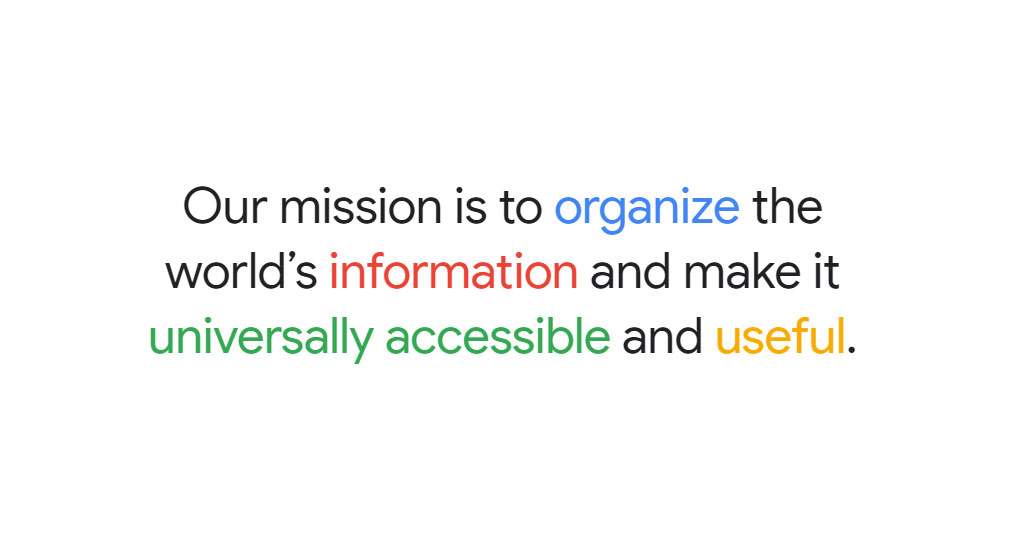
Estimated reading time: 5 minutes
When considering your site’s health and performance, the subject of site page speed comes up pretty immediately. It’s important to your users, it’s important to Google, and it should be important to you. This information is all over the internet, so we won’t get too in-depth in this post. But to make sure we’re all on the same page, here’s a recap.
Does Page Speed Really Matter To Your Users?
We can answer this question with a resounding “Yes!”. It has become almost common knowledge that shoppers do not want to wait around for a site to load, even if it’s beautiful. Whether it’s due to a busy lifestyle, a short attention span, or the expectation of instant results, online shoppers want the information now.
Google has already shown us that if your page takes longer than 3 seconds to load, more than half of your visitors will leave. The longer that page takes, the more your bounce rate increases.
To help keep users on your site longer, load times need to be shorter.
Does Google Care?
Google’s missions statement – their drive, and reason for being (besides money) – is centered around the user experience. It reads:

The core of that statement is making the information (ie. your site) accessible and useful. That means they are constantly innovating ways to improve the user experience and raise the bar on expectations. It seems as though with every new update they release, there is some feature included that highlights the way in which your site is – or is not – meeting those standards.
Late last year, for example, Google announced they will be applying page speed badges to websites that show up in their search results. The badges effectively warn users away from your site if it doesn’t meet Google’s expectations.
Beyond that, if your site is slower and thus has a higher bounce rate (as discussed in the previous section of this article), you’ll be viewed as less effective and less important, by Google. Your ranking may drop, and you’ll start to be overtaken by your competitors on search result pages.
Google uses your site page speed as a key indicator of your site’s overall potential value to the user.
How Can You Increase Your Page Speed?
We’ve posted articles and tips on optimizing your site in the past. We still wholly recommend those methods. You really should be keeping on top of your site’s general health on a regular basis. (Consider looking into our Free Site Evaluation, for example.) But those are ongoing, regular maintenance tips. We wanted to provide something for you that you could set and forget.
The Lazy Load is programming that our developers are now adding to every new site build to ensure they have great speed results right out of the gate. Some older sites, however, don’t have this type of functionality. You’re the ones we’re speaking to.
The Lazy Load feature is a hands-off way to improve your site performance.
How Does Lazy Load Work?
While the name may imply the opposite, Lazy Loading improves the efficiency of your website in order to accelerate your page speed. Think of it like a cat, spending the majority of its day sleeping, reserving its energy until it needs to pounce. If your website has a large number of high-quality images, a long home page, or an extensive product catalog, you probably have a hard time striking a balance between beautiful image displays, and faster speeds.
How are you expected to show your customers the fine details or multiple angles of your products and still keep page load speeds to a minimum? Lazy Load helps with that. In essence, the programming prioritizes the images on your website based on what the user is viewing. It defers the loading of additional images, and even some code, until the user actually needs them (by scrolling to view them).
If your user never scrolls past the first 2 rows of products on your category page, the site doesn’t worry about exerting the energy to load the rest of the images. It gives priority to the ones in view. This means you and your users get the best of both worlds. They have access to your stunning images and the code behind your features, without experiencing any lag-time.
Defer your image loading until the user actually needs to view them.
Improving Your Page Speed
Loading time is a key factor when ensuring customer satisfaction on your site, and it’s a big part of building a successful user experience. Deferring the image and code loading on your website with our Lazy Load programming is a hands-off way for you to increase your page speed while keeping your shoppers happy. Contact us today for more information on this site addition.